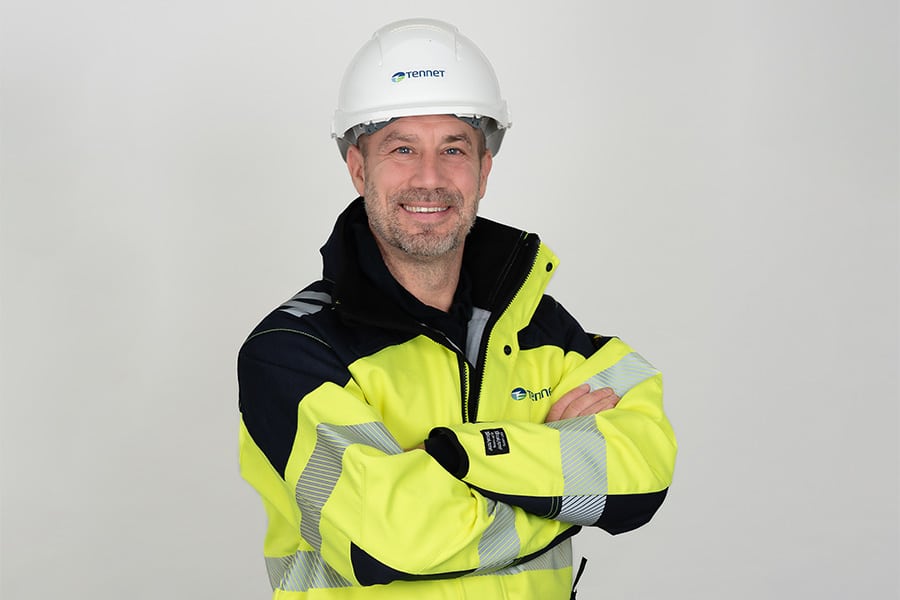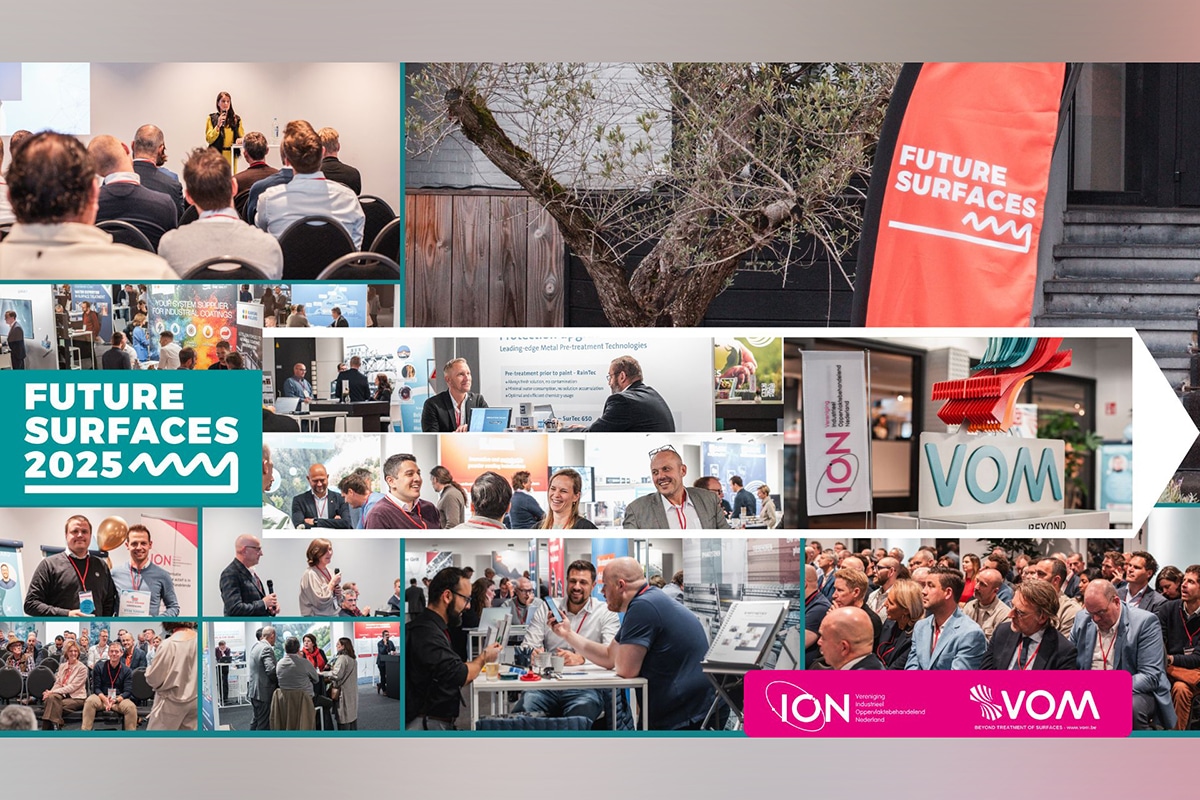
INSPECTION WAGES: from key piece to head piece
Inspection trucks on structures were usually installed at the same time as the construction of a bridge or viaduct and at the time were the final piece of the project. That is different today. They are (have become) an essential part of maintaining a structure and must also be inspected periodically. Metaalindustrie Qumey has focused on the production and reconstruction of these inspection vehicles.
 Metal Industry Qumey takes care of the entire process, from engineering to production and assembly of the inspection trolley.
Metal Industry Qumey takes care of the entire process, from engineering to production and assembly of the inspection trolley.
An inspection trolley is a component of a (movable) steel bridge. "They hang from the underside of the bridge and consist of steel man baskets, which drive under the bridge," explains Mark Meijers, director-owner of Metaalindustrie Qumey. "From the inspection truck, the underside of the bridge can be accurately inspected for defects." As a construction company, Qumey has been involved in rail and road infrastructure work since 1963. "Over the years we have built up great expertise in the field of inspection trucks. We are active throughout the Netherlands and since 2014 have been closely involved in the IVOD program of the Department of Public Works. It involves variable maintenance of the road network, viaducts, bridges and tunnels in the southwestern Netherlands, including the Bridge over the North, Van Brienenoord Bridge, Haringvliet Bridge, Merwede Bridge and Spijkenisse Bridge. Over forty inspected inspection vehicles have now been delivered as part of this project."
Work Equipment
An inspection vehicle is a piece of work equipment (machine) that must comply with applicable legislation and underlying standards, including the machinery guidelines. Meijers: "The owner (usually ProRail, Rijkswaterstaat or the province) is responsible for this. Many inspection vehicles are now dated and no longer comply with current laws and regulations. Often the owners are not fully aware of which applicable laws and regulations have to be complied with and how to comply with them. This is where we come in. Qumey is pre-eminently the party to relieve and support the owner in this area."
In the past, inspection vehicles were almost not inspected, they were, as mentioned above, a final piece of the project and therefore by no means all meet current safety standards. This is the main reason why these inspection vehicles are now being upgraded on a large scale or even completely replaced. "At the end of 2018, for example, we replaced the last of a total of seven inspection cars on the Van Brienenoord Bridge, and earlier as a result of the cracking discovered on the Merwede Bridge Gorinchem, we had to deliver the inspection cars on an accelerated schedule."
From A to Z
The condition of the inspection vehicles Qumey finds is variable. Meijers: "If the current standards can be met again with limited interventions, that is of course preferred. But often an inspection vehicle dates from a bygone era and all that remains is a new construction. We take care of the entire process, from engineering to production and assembly." In addition to Rijkswaterstaat, the inspection vehicles are also of great value to ProRail and the provinces in monitoring structures over or under the tracks. "ProRail has been subjecting the inspection vehicles to a thorough update since 2017 for which we have already carried out several projects. From ProRail's point of view, the structure is often easier to oversee with mostly standard dimensions. Road bridges, on the other hand, are very variable in terms of dimensions and thus there is also more variation on the inspection trucks. For example, the inspection vehicle under the Van Brienenoord Bridge is as much as 36 meters long, 8 meters high and has several floors."
Qumey is also on standby for any breakdowns, inspection work and maintenance. "In addition, we provide assistance with engineering company inspections and regulatory inspections," Meijers concluded.
Text | Roel van Gils Image | Metal Industry Qumey
Featured image: An inspection truck is a piece of work equipment (machine) that must comply with applicable legislation and underlying standards, including the Machinery Directives.




